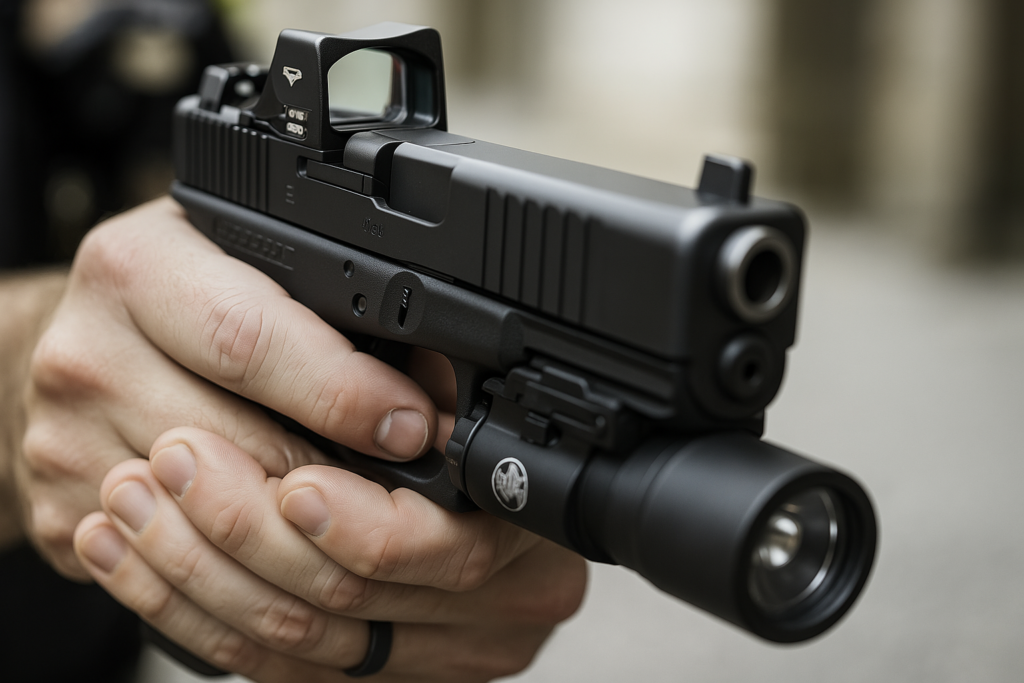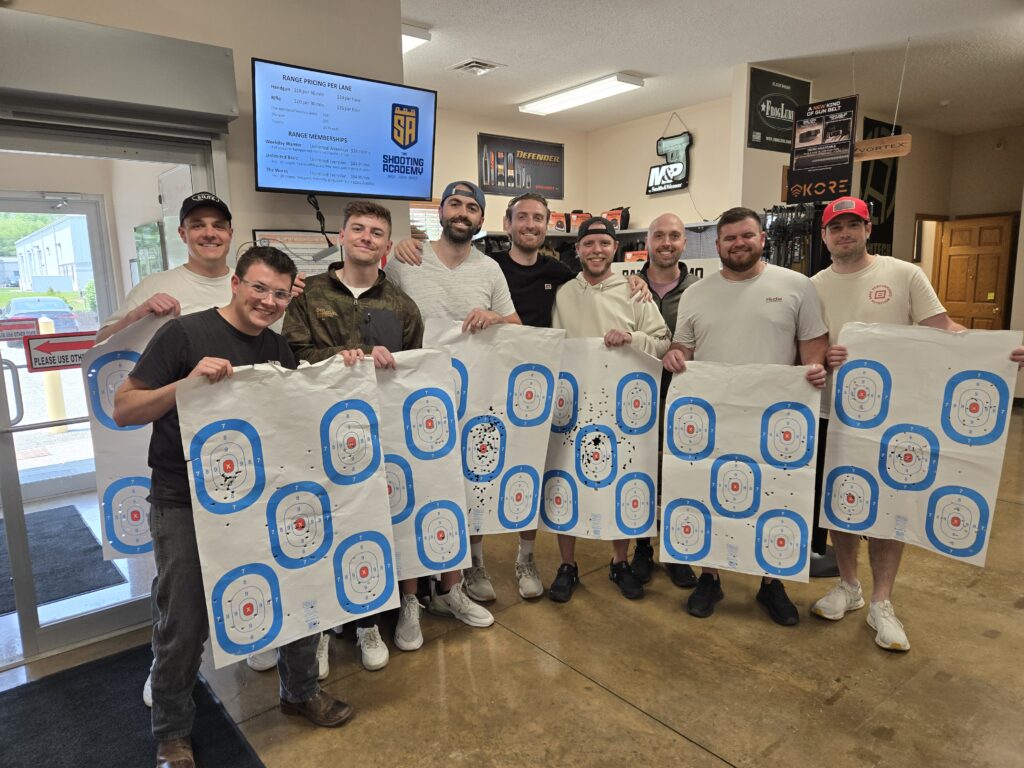
When November rolls in, shooters face more than just a chill in the air. Cold weather brings a variety of environmental, mechanical, and physical changes that can reduce your accuracy and consistency. Whether you are heading to an outdoor range or preparing for a cold-weather hunt, understanding how November conditions impact your shooting performance is essential.
1. How Cold Air and Temperature Affect Ballistics
Cold air is denser than warm air. This increased air density creates more drag on your bullet, which slows velocity and can cause a lower point of impact. The difference may not be dramatic at short range, but for long-range shooters, even a small temperature drop can result in a noticeable shift.
Temperature also affects the materials of your firearm. Cold metal can contract slightly, affecting the barrel, action, or scope mounts. Additionally, traditional lubricants can become thick and sticky in low temperatures, causing malfunctions or increased resistance in moving parts.
2. How the Cold Affects Your Body and Performance
Even if your rifle is ready for the cold, your body might not be. Cold weather slows your reflexes, reduces dexterity, and makes it harder to perform precise movements. Here are a few ways the cold impacts shooters directly:
- Reduced finger mobility affects trigger control and reload speed
- Muscle stiffness makes it harder to hold a stable shooting position
- Shivering introduces movement and reduces accuracy
- Heavy clothing can interfere with your stance and cheek weld
3. Gear Preparation for Cold Weather Shooting
Preparing your gear for November temperatures can reduce mechanical issues and improve performance in the field.
a. Use Cold-Weather Lubricants
Standard lubricants may become too thick in cold temperatures. Use synthetic or low-viscosity lubricants designed for winter use. This helps keep your action smooth and reduces the risk of jams.
b. Keep Firearms at Stable Temperatures
Moving your firearm between cold and warm environments can cause condensation. Moisture inside the barrel or action can freeze or lead to corrosion. Try to keep your rifle at a consistent temperature. Use a case when transporting it between environments.
c. Protect the Barrel and Muzzle
Snow and debris can get into your barrel, which is dangerous. Use electrical tape or a muzzle cover to seal the bore. Always check that your barrel is clear before firing.
d. Maintain and Shield Optics
Cold weather can fog up optics or drain batteries faster. Use lens covers to protect against frost and snow. Store spare batteries in a warm pocket close to your body to keep them ready for use.
e. Keep Ammunition Warm
Cold ammunition can result in lower velocity and inconsistent performance. Store your ammo in an insulated pouch or inside your clothing layers to maintain a more consistent temperature.
4. Layer Clothing for Mobility and Warmth
Staying warm is important, but so is maintaining mobility. Layer your clothing with shooting in mind:
- Base layer Moisture-wicking material to keep skin dry
- Middle layer Insulation such as fleece or down for warmth
- Outer layer Windproof and waterproof shell to protect from the elements
Use shooting gloves that provide both warmth and flexibility. Mittens or thick gloves may be too bulky to handle your firearm effectively. You can also use hand warmers between shots to keep fingers nimble.

5. Adjust Your Shooting Technique for Cold Conditions
Cold weather often requires adjustments in your shooting technique. These small changes can help maintain accuracy and control.
a. Warm Up Before Shooting
Stretch your fingers, arms, and shoulders before shooting to improve circulation. Light activity before shooting can reduce stiffness and improve grip stability.
b. Train With Full Gear
If you plan to shoot or hunt in winter conditions, practice with all the same layers and equipment. Your cheek weld, grip, and stance may feel different in heavy clothing. Get used to how your setup performs when fully dressed for the cold.
c. Slow Down
Cold weather can cause you to rush through movements due to discomfort. Instead, move slowly and deliberately. Take your time to line up shots, breathe properly, and execute clean trigger presses.
d. Adjust Your Zero
If you typically zero your rifle in warm weather, your point of impact may shift in the cold. Consider re-zeroing your firearm in cold conditions or keeping a record of cold-weather offsets so you can make quick adjustments in the field.
6. Cold Weather Shooting Drills
Training in November conditions helps build confidence and readiness. Try incorporating these drills into your range time:
- First-shot cold bore accuracy drills
- Glove-on reloads and malfunction drills
- Transitions between standing, kneeling, and prone on icy ground
- Timed target acquisition drills while wearing full winter gear
7. Safety and Practical Considerations
Cold weather adds challenges that go beyond marksmanship. Keep these safety tips in mind:
- Stay hydrated and bring high-energy snacks
- Use proper footwear to avoid slips on snow or ice
- Let gear warm slowly indoors to avoid condensation damage
- Log environmental data such as temperature, ammo type, and wind for future reference
Conclusion
Shooting in cold weather, especially during November, presents unique challenges for even experienced marksmen. From thicker air and altered ballistics to stiff fingers and heavy clothing, every detail matters. With the right preparation, gear, and mindset, you can maintain accuracy and control in any conditions.
If you are ready to improve your performance in cold weather or want to train in a professional environment, contact us today. Our team is here to help you sharpen your skills year-round, no matter the weather.
